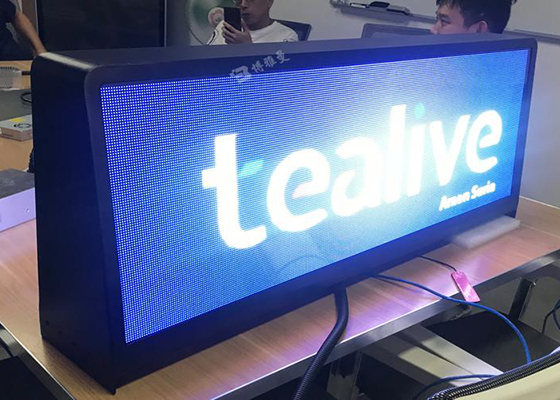LED displays have become an integral part of modern urban landscapes, adorning subway stations, shopping malls, office buildings, and conference rooms. They are popular for their energy efficiency and high brightness, making them a preferred choice for various applications. However, there is a common misconception that higher brightness equates to better quality when purchasing LED displays. In this blog post, we will explore the relationship between high brightness and energy efficiency of led display.
The Brightness Myth
LED technology, known for its low energy consumption and high brightness, has led many sellers to market their products with claims like “low energy consumption” and “high brightness,” creating the perception that higher brightness is always better. But is this really the case?
In reality, excessively pursuing higher brightness can contradict energy-saving goals. There is a delicate balance between brightness and energy efficiency that buyers need to consider. It’s important to note that LED displays are not meant to have the brightest possible settings; there are optimal brightness levels for different scenarios.
Recommended Brightness Levels
For indoor LED displays, a brightness range of 800-1200cd/㎡ is generally recommended. Going beyond this range is not advisable. On the other hand, outdoor wedding LED displays should have a brightness range of 5000-6000cd/m2 and should not be excessively bright. Pushing the brightness beyond these recommended levels by increasing the LED drive current may seem like a quick fix, but it comes with consequences.
The Consequences of Excessive Brightness
Increasing the brightness beyond recommended levels accelerates LED decay and reduces stability. This results in a shorter lifespan for the LED display and a decline in image quality. The high decay rate becomes a vicious cycle, making the screen less suitable for long-term use. Pursuing excessively high brightness is not a sustainable approach.
Light Pollution Concerns
Moreover, global light pollution has become a severe issue, with many countries implementing strict regulations to control outdoor lighting and display screen brightness. LED displays, known for their high brightness, dominate outdoor advertising. However, during nighttime, excessively bright screens can contribute to light pollution. Striking a balance between brightness and environmental responsibility is essential.
Consider the Cost Factor
Exclusively chasing higher brightness can significantly increase the overall project cost. This means that users may end up paying for performance they don’t actually need, resulting in wasteful spending. Therefore, when purchasing LED displays, it’s crucial not to fall into the misconception that higher brightness is always better. The key is to understand that blindly pursuing brightness can lead to losses in terms of image quality, lifespan, and cost-efficiency.
Conclusion
Higher brightness is always better is a common misconception. While LED technology offers energy efficiency and high brightness, it’s essential to strike a balance between brightness and energy conservation. Following recommended tips,you can make an informed decision when selecting LED displays. You should consider the quality and sustainability than excessive brightness, ensuring that your investment delivers long-term value while minimizing negative consequences.
